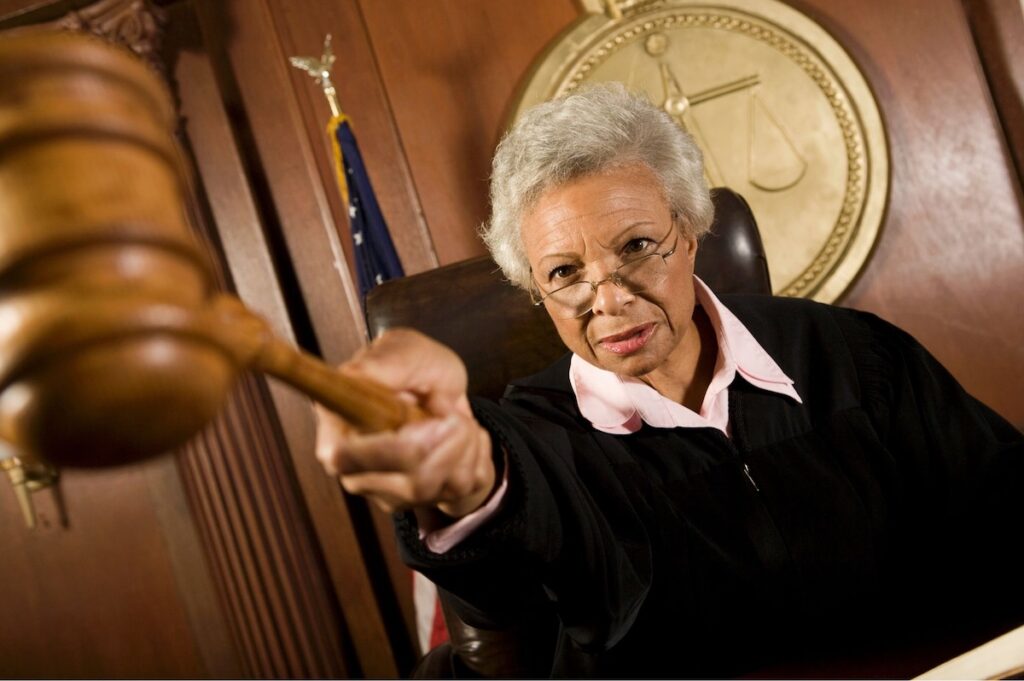The corporate structure is one of the most powerful tools available to business owners. By forming a corporation or limited liability company (LLC), owners can separate their personal assets from those of the business. This separation—known as limited liability—is designed to protect individuals from personal liability for a company’s debts or legal claims. However, that protection is not absolute. In some cases, courts may disregard the corporate structure entirely, a process known as piercing the corporate veil.
Understanding when and why this can occur is essential for any closely held business owner who wants to avoid personal exposure.
The Purpose of Limited Liability
Limited liability is one of the key benefits of incorporating a business. It ensures that if the company faces a lawsuit or financial loss, the owners’ personal assets—such as their homes, cars, or savings—are generally off limits. The company itself bears responsibility for its debts and obligations.
However, this protection depends on respecting the boundaries that separate the business from its owners. When owners misuse the corporate form, a court may decide that fairness requires holding them personally accountable. This is what it means to pierce the corporate veil.

When Courts Decide to Pierce the Veil
Courts rarely pierce the corporate veil, but they will do so when justice demands it. The decision typically hinges on evidence that the corporation was not truly operating as an independent entity. The most common grounds include:
Alter Ego Theory: Is in play when owners treat the business and themselves as one and the same. That means mixing personal and business funds, neglecting to keep records, or ignoring required formalities. The court may find that the company is merely an extension of the individual under the alter ego theory. That will often lead to piercing the veil.
Undercapitalization: Defined by a company that is intentionally underfunded from the beginning so that it cannot pay its debts or meet obligations. Courts may find the owners personally liable for failing to provide sufficient capital.
Fraud or Misrepresentation: When the corporate structure is used to conceal wrongdoing, evade laws, or commit fraud. In these instances, veil-piercing becomes much more likely.
Courts may consider factors such as the absence of separate bank accounts, the failure to hold required meetings, or the use of corporate funds for personal expenses. In short, the more a company looks like a personal piggy bank, the more vulnerable its owners are to personal liability.

What Veil Piercing Means for Business Owners
When a court pierces the corporate veil, the legal wall separating the business from its owners collapses. This exposes the owners’ personal assets to potential seizure or sale to satisfy judgments or debts.
For closely held companies—often family businesses or partnerships where personal and business relationships overlap—this risk is especially significant. It can be tempting to pay personal expenses from company accounts or skip annual meetings. Doing so erodes the very protections the business structure was meant to provide. Maintaining corporate formalities, documenting major decisions, and keeping finances strictly separate are essential safeguards.
The Scope of Damages
Once the corporate veil is pierced, the owner can be held liable for any damages that could have been assessed against the company itself. That includes breach-of-contract claims, negligence or other tort claims, and even statutory penalties, depending on the nature of the case.
There is no partial exposure. If the veil is pierced, the owner can be on the hook for the full amount. This makes compliance with corporate requirements not just a formality, but a critical defense strategy.

Preserving Limited Liability Protection
Piercing the corporate veil is an extreme measure, but it underscores a vital point: the protections of incorporation come with responsibilities. Business owners should ensure that their companies are adequately capitalized, maintain clear and accurate financial records, and consistently observe required corporate procedures.
For owners of closely held businesses, where the boundary between personal and company interests can blur, discipline and documentation are key. By treating the business as a truly separate entity, owners can preserve the very liability protection they formed their company to achieve. Richardson can help you avoid situations that lead to piercing the corporate veil and protect your business.
